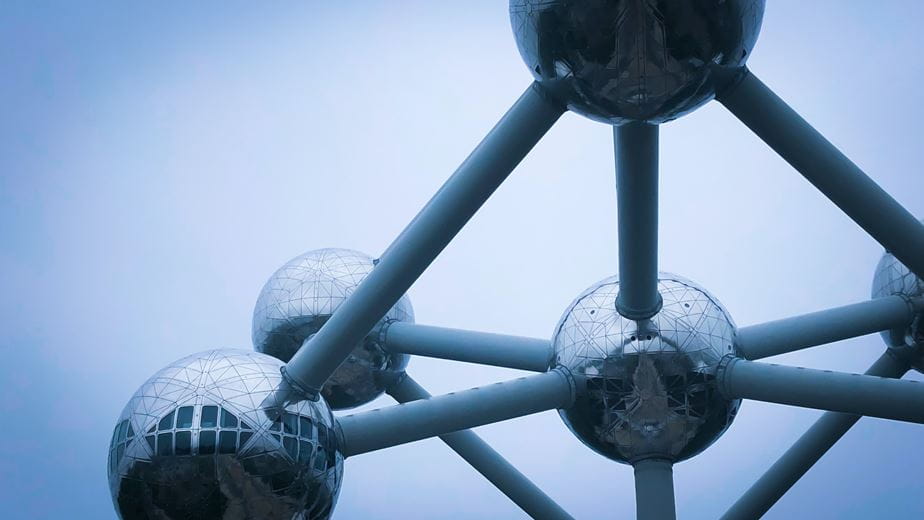What is Green Hydrogen?
The production of hydrogen from electrolysis utilises the method of using electricity to split water into hydrogen and oxygen using a device called an electrolyser. The electricity used in this process will either be produced from renewable sources such as wind farms and solar farms, or non-renewable sources such as burning natural gas or coal.
Green hydrogen is produced with the electrolysis method using electricity only from renewable sources.
Industrial and Vehicle uses
Hydrogen has many active industrial uses and can be found in chemical production, the manufacturing of fertilisers and fuel production. The production and demand for hydrogen will increase with the development of hydrogen fuel cells and its use within internal combustion engines within the vehicle industry, particularly with the decarbonising of heavy-duty vehicles such as lorries and buses. With the UK government announcing the end of sales of new petrol and diesel cars by 2030, hydrogen production for fuel cells and use in internal combustion engines could steady increase demand.
The UK Heat Network
The consideration of using electricity to produce hydrogen for heating versus using the electricity in a heat pump will be more efficiently used by the heat pump. But incorporating alternative gases that do not contribute to climate change, such as green hydrogen, into the UK’s gas network would help achieve a much-needed reduction in carbon emissions, alongside the increasing installations of heat pumps.
The UK’s gas network supplies gas to domestic and industrial consumers to produce heat, the burning of this natural gas for heating contributes an estimated 14% of the UK carbon emissions.
The gas network is a secure and reliable delivery process that provides access to homes and businesses across the UK. If hydrogen is introduced as a replacement for natural gas, the existing system could be repurposed to assist the delivery of hydrogen directly to the UK consumers.
Production of Green Hydrogen
Hydrogen production co-located with a renewable energy technology could provide a use for electricity generated at less than ideal times, or renewable generation that is directly affected by a percentage of export curtailment. The electrical generation produced by solar farms and wind turbines fluctuates throughout each day, with the national grid tolerating a limited amount of fluctuation. Using this excess electricity to produce hydrogen to be stored on site will become an increasingly important component of the overall supply chain.
Opportunities for landowners looking to take advantage of green hydrogen production with early producers and consumers will become more common.
The Energy Team at Carter Jonas has specialist experience of the development of renewable energy projects, either standalone or property-integrated. The team can offer advice to residential or commercial developers who would like to explore hydrogen production or renewable energy generation opportunities, either to generate on-going revenue streams, meet planning or regulatory requirements, or to boost a project’s sustainability credentials.
If you would like further information about these opportunities, please contact Bilal Virji on 07917 513 243 or bilal.virji@carterjonas.co.uk
Energy bulletin
View all of our energy bulletins which are exclusively emailed out each month.


